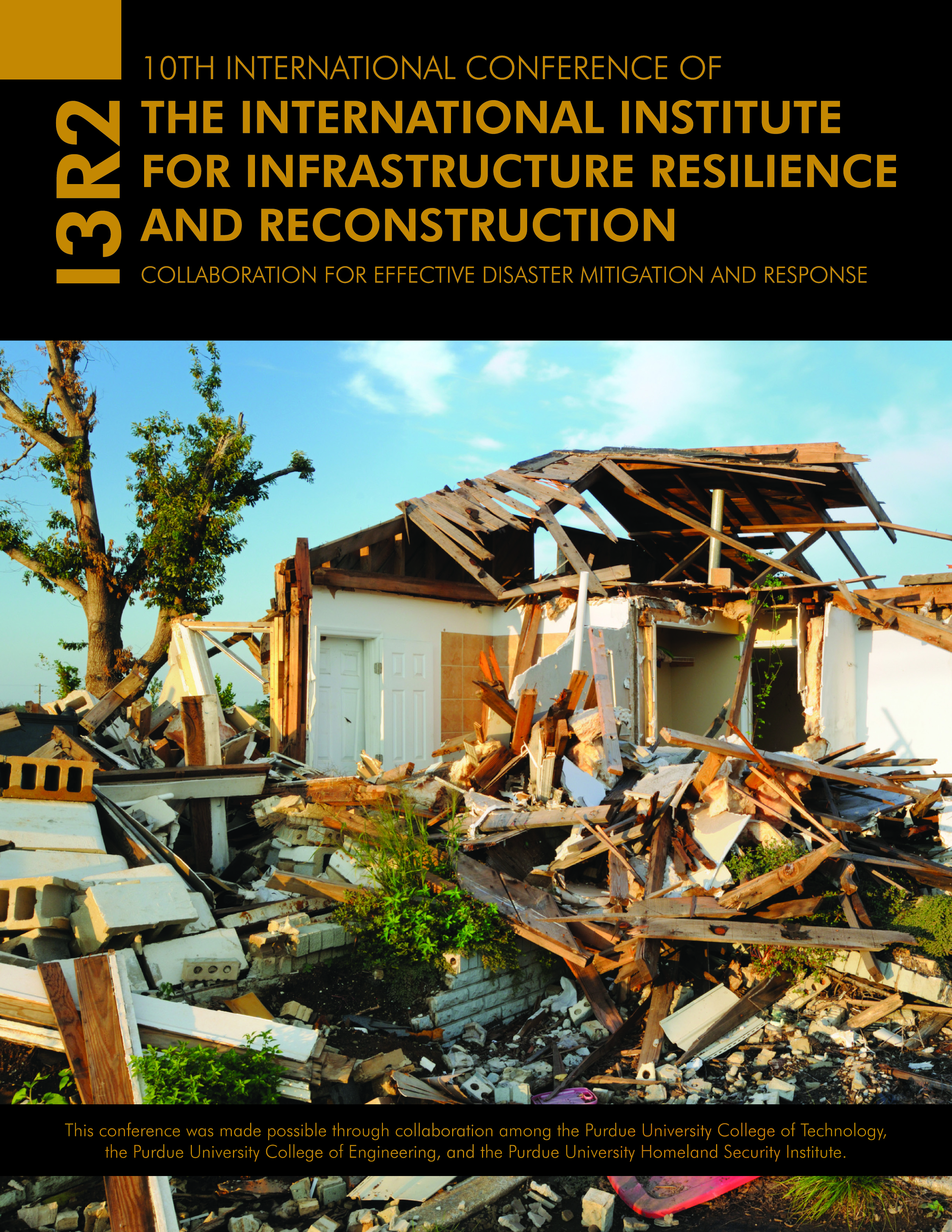Abstract
Among natural disasters, volcanic eruptions are some of the most dangerous. The severity level of the most extreme volcanic eruption for which data is available can be categorized as Catastrophe Type II according to the scale introduced by Wirasinghe, Caldera, Durage, and Ruwanpura, (2013). However, an unusually large eruption of a “super volcano” can even cause a partial or full extinction. Aftermaths of a major eruption, such as climate effects, tsunami, and famine, severely impacts populations. Potential severity levels of volcanic eruptions are studied. A multidimensional scale for volcanic eruptions is investigated. Intensity, fatalities, affected population, impacted region, cost of damage, and GDP per capita, are some factors that can be considered to determine the severity level. Relationships among the factors are also considered. An analysis is conducted to identify the specific factors to be considered in the multidimensional scale. The extreme values of known historical eruptions of each volcano are studied in terms of fatalities. However, the study does not consider any secondary effect caused by the volcanic eruptions. The extreme values of fatalities from eruptions of 136 volcanoes are shown to be distributed as a 3 parameter Weibull (α = 0.33925, μ = 1, σ = 109.04) distribution.
DOI
10.5703/1288284315372
Recommended Citation
Caldera, J., & Wirasinghe, S. C. (2014). Analysis and Classification of Volcanic Eruptions. In Randy R. Rapp & William Harland (Eds.), The Proceedings of the 10th International Conference of the International Institute for Infrastructure Resilience and Reconstruction (I3R2) 20-22 May 2014. (128-133). West Lafayette, Indiana: Purdue University.
Analysis and Classification of Volcanic Eruptions
Among natural disasters, volcanic eruptions are some of the most dangerous. The severity level of the most extreme volcanic eruption for which data is available can be categorized as Catastrophe Type II according to the scale introduced by Wirasinghe, Caldera, Durage, and Ruwanpura, (2013). However, an unusually large eruption of a “super volcano” can even cause a partial or full extinction. Aftermaths of a major eruption, such as climate effects, tsunami, and famine, severely impacts populations. Potential severity levels of volcanic eruptions are studied. A multidimensional scale for volcanic eruptions is investigated. Intensity, fatalities, affected population, impacted region, cost of damage, and GDP per capita, are some factors that can be considered to determine the severity level. Relationships among the factors are also considered. An analysis is conducted to identify the specific factors to be considered in the multidimensional scale. The extreme values of known historical eruptions of each volcano are studied in terms of fatalities. However, the study does not consider any secondary effect caused by the volcanic eruptions. The extreme values of fatalities from eruptions of 136 volcanoes are shown to be distributed as a 3 parameter Weibull (α = 0.33925, μ = 1, σ = 109.04) distribution.



